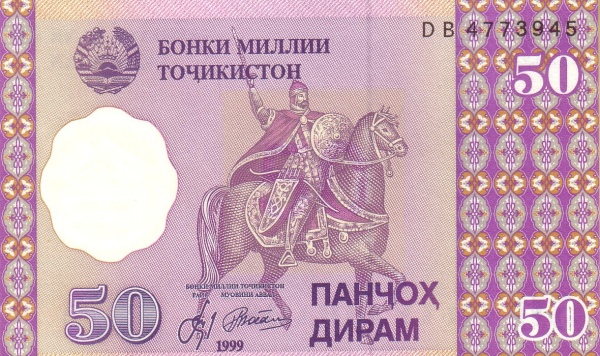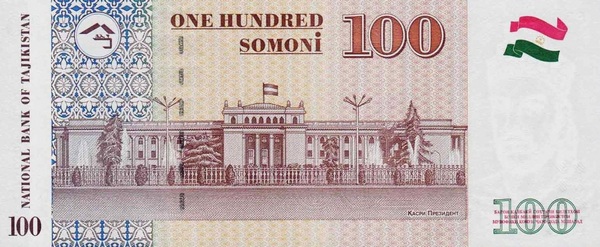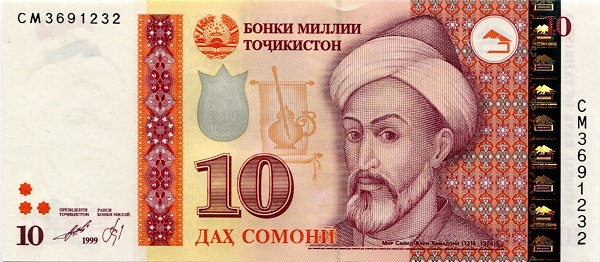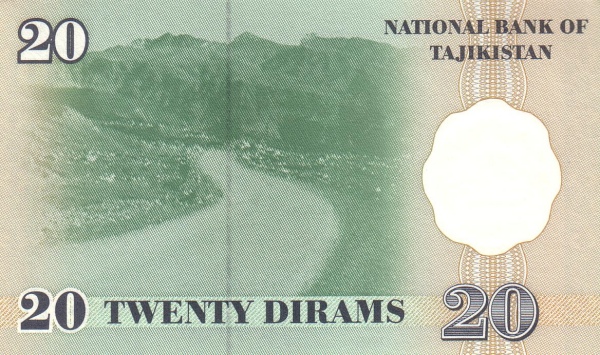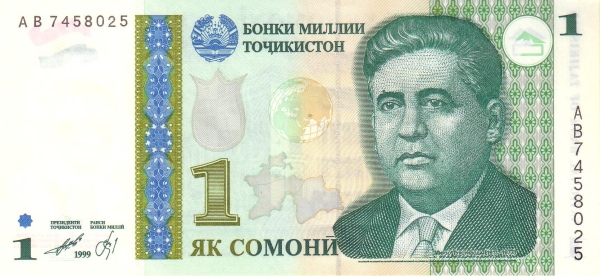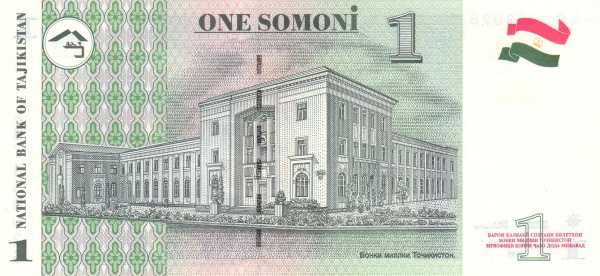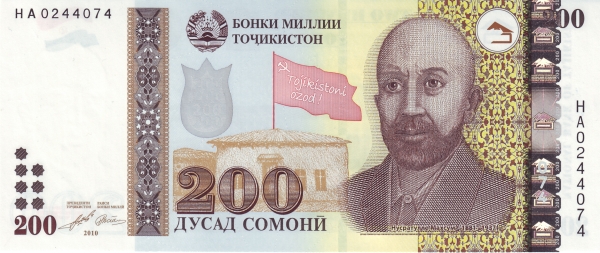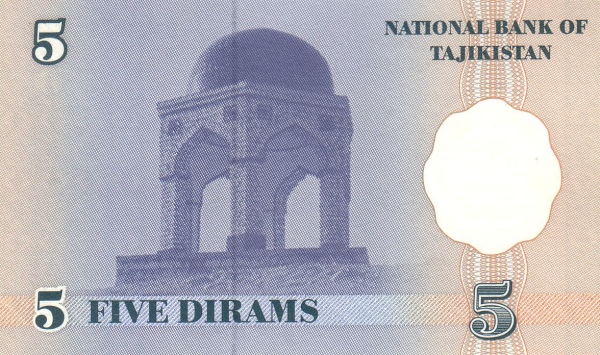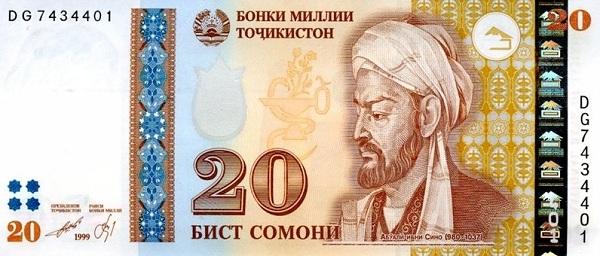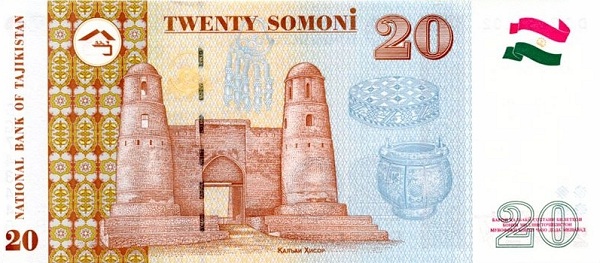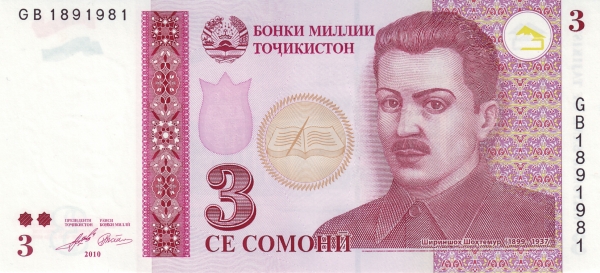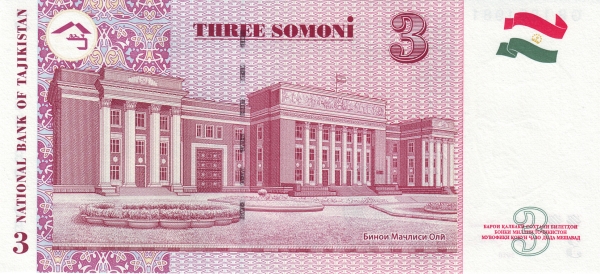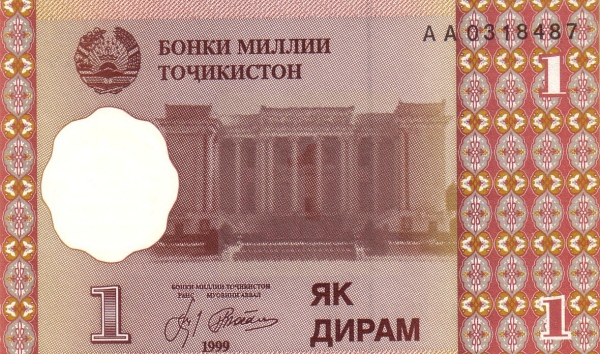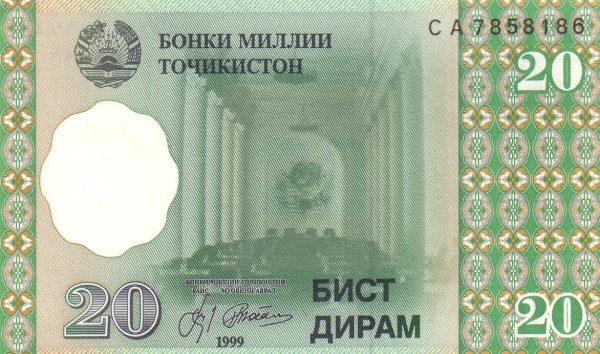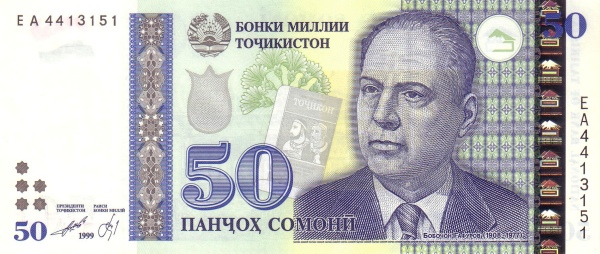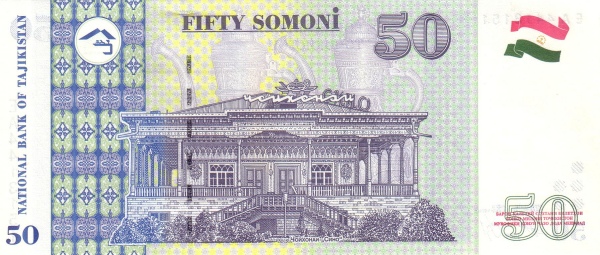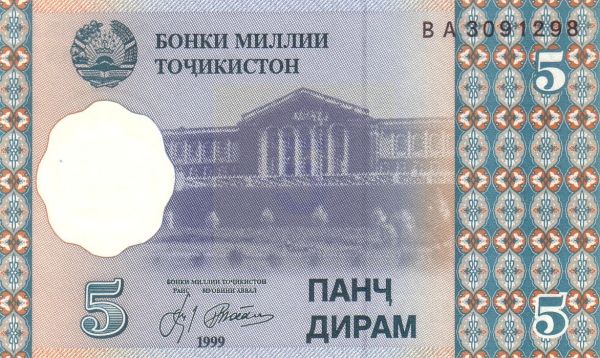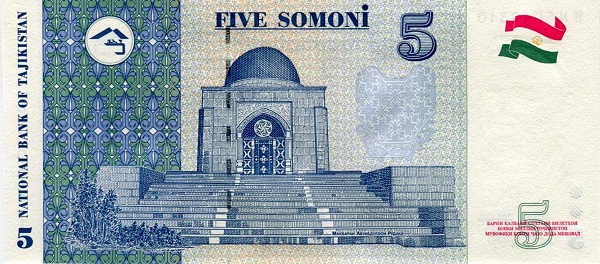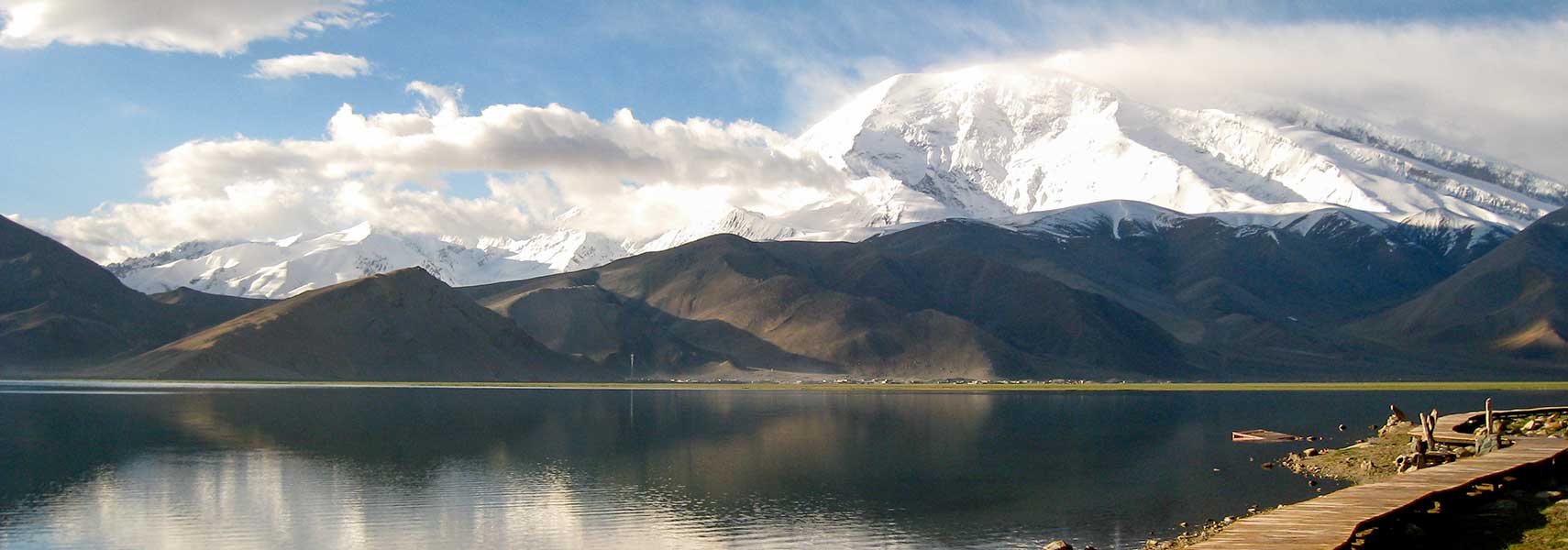Tajikistan: A Glimpse into the Heart of Central Asia
Tajikistan, officially known as the Republic of Tajikistan, is a stunningly mountainous, landlocked nation situated in Central Asia. This captivating country shares its borders with Afghanistan to the south, Uzbekistan to the west, Kyrgyzstan to the north, and China to the east. Remarkably, Tajikistan is separated from the Kashmir region by the narrow Wakhan Corridor of Afghanistan, which adds a layer of geographical intrigue to this area.
Geographical Overview
The landscape of Tajikistan is thoroughly dominated by the majestic Pamir and Alay mountain ranges, which contribute to its breathtaking vistas. The largest body of water in Tajikistan is the mesmerizing Karakul Lake, nestled within the Tajik National Park, located high in the Pamir Mountains. This natural wonder, often described as a mysterious impact crater, serves as a significant geographical feature that attracts adventurers and tourists alike. Covering an area of 143,100 square kilometers, Tajikistan is less than half the size of Italy and is slightly smaller than the U.S. state of Wisconsin, showcasing its compact yet diverse terrain.
Population and Culture
As of 2015, Tajikistan's population stands at 8.35 million people. The capital, Dushanbe, not only serves as the largest city but also as an economic and cultural center. While Tajik is the official language, Uzbek and Russian are also prevalent, reflecting the country's rich tapestry of ethnicities and languages. An interesting aspect of Tajikistan's demographic composition includes 67% Tajiks, 23% Uzbeks, 3.5% Russians, and 6.5% other ethnic groups, demonstrating its multicultural society.
Historical Background
Tajikistan's history is equally fascinating. Since gaining independence from the USSR in 1991, the nation has undergone significant political transformations, including the aftermath of a civil war that lasted five years. Fortunately, a peace agreement in 1997 among the warring factions facilitated the stabilization of the country. This agreement mandated the legalization of opposition political parties, although their success in government remains limited even today.
Economic Landscape
Despite its challenges, Tajikistan possesses several notable natural resources. These include hydropower, petroleum, uranium, gold, silver, lead, zinc, and various agricultural products such as cotton, grains, fruits, and vegetables. The economy of Tajikistan relies heavily on sectors such as aluminum production, textiles, and agriculture. Intriguingly, the country's exports primarily consist of aluminum, cotton, electricity, fruits, and vegetable oil, with Turkey, Kazakhstan, and Switzerland serving as some of its foremost trading partners.
Natural Resources & Agriculture
The agricultural sector plays a critical role in Tajikistan's economy. Farmers cultivate cotton, which has historically been the main cash crop, alongside grains and fruits. Additionally, livestock such as cattle, sheep, and goats contribute to the country's livelihood. By embracing its agricultural potential, Tajikistan strives to improve food security and economic development.
Challenges Ahead
Despite the potential that Tajikistan holds, it still faces numerous challenges. Approximately 35% of the population lives below the poverty line, making it the poorest nation in Central Asia. Random incidents of crime and political violence hinder its international relations. Moreover, the geographical remoteness of Tajikistan complicates its economic connectivity. As such, the country must find innovative ways to navigate these obstacles to foster growth and development.
Unique Features of Tajikistan
One cannot overlook the rich cultural heritage of Tajikistan. The country boasts various ethnic traditions and customs that continue to flourish despite modernization. Festivals and celebrations often reflect Tajikistani life, showcasing music, dance, and cuisine. The iconic dish, Plov, holds cultural significance as a staple meal and is often served during special occasions. This beloved rice dish, paired with meat and vegetables, captures the essence of Tajik hospitality, providing a delightful experience for both locals and visitors.
Climate and Environment
Tajikistan's climate varies significantly across different regions. The country experiences hot summers and mild winters in the lowland areas, while the Pamir Mountains face a more extreme climate, ranging from semi-arid conditions to polar weather. This climatic diversity not only influences local agriculture and living conditions but also offers a wide array of ecosystems and biodiversity, making Tajikistan a hotspot for nature enthusiasts.
Tourism Opportunities
Tourism in Tajikistan remains an untapped treasure. Adventurers flock to the Pamir Highway, which is one of the highest-altitude roads in the world, offering stunning panoramas of rugged landscapes. Additionally, the ancient Silk Road traversed this region, giving travelers a glimpse into its historical importance. Tajikistan’s natural beauty, rich history, and welcoming culture make it an increasingly attractive destination for those seeking unique travel experiences.
Conclusion
In conclusion, Tajikistan stands as a nation of profound natural beauty, rich culture, and intriguing history. Although it faces challenges, its resilience and potential for growth shine through. Whether you are an adventurer looking for breathtaking landscapes or a culture enthusiast eager to explore deep-rooted traditions, Tajikistan offers something for everyone. By investing in its resources and promoting tourism, Tajikistan can pave the way for a brighter future.
Largest cities of: Tajikistan
| City Name | Population | Year of foundation | |
| Dushanbe | 863,400 | 1924 | |
| Khujand | 188,000 | vii B | |
| Kulob | 129,000 | SBC 555 | |
| Bokhtar | 95,000 | 687 | |
| Qurgonteppa | 60,000 | 1922 | |
| Hisor | 50,000 | circa 500 B. | |
| Isfara | 40,000 | circa 688 | |
| Tursunzoda | 35,000 | 1940 |
Tajikistan: Money
